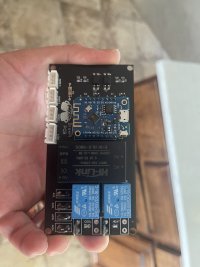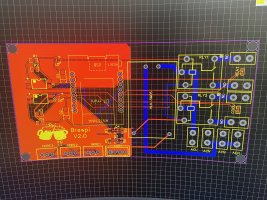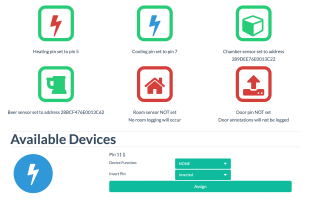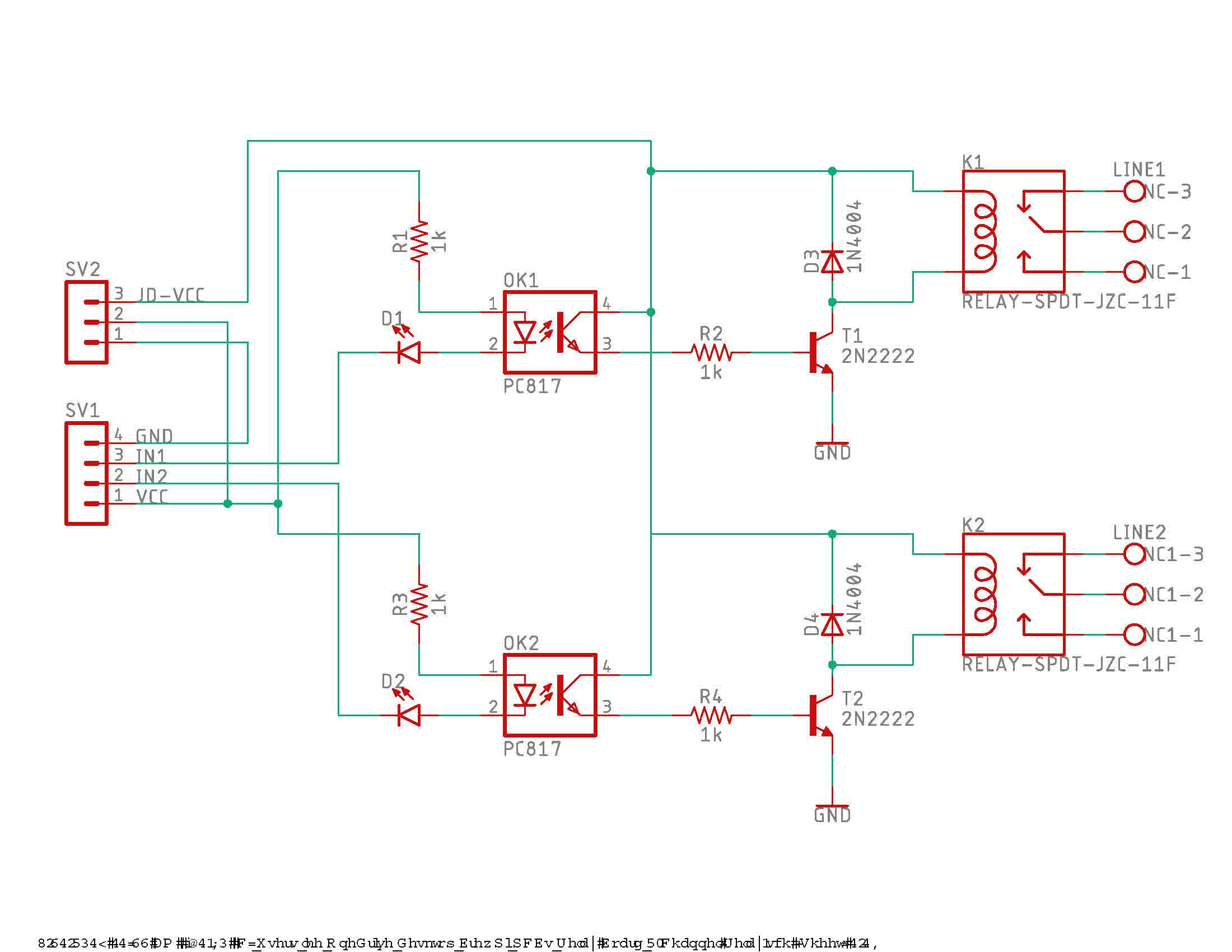BrewCityBaller
Well-Known Member
One last question: I got everything working and so I got ambitious and installed a physical i2c LCD screen. The screen works and displays the correct information, but it does not update. It displays whatever information was on there at startup. Any idea why this might be the case?

















![Craft A Brew - Safale BE-256 Yeast - Fermentis - Belgian Ale Dry Yeast - For Belgian & Strong Ales - Ingredients for Home Brewing - Beer Making Supplies - [3 Pack]](https://m.media-amazon.com/images/I/51bcKEwQmWL._SL500_.jpg)














































